Coiled tubing, referred to a continuous long metal pipe spooled on a large reel, is widely used for intervention in oil and gas wells. It can easily be pushed in and out during the operation while drill pipes must be assembled by joints
Coiled tubing drilling, shorted for CTD, is a relatively modern drilling technique, using coiled tubing instead of conventional drill pipes. Coiled tubing drilling, regarded as a prominent revolutionary technology in the 21st century, has rapidly developed in drilling field throughout the world.
Coiled tubing drilling has a rather extensive history. Dating back to the year 1926, the Bannister had a concept for a flexible hose drilling string. The Bannister work included using hose for fluid circulation with support cables tied to the sides to lift the weight. The development work was reported to be successful but ceased in 1940 reportedly due to a “lack of suitable downhole motor”. In 1948, the G.D. Priestman patent got the conception of what is considered modern CTD today, but It was 25 years before the first actual coiled tube drilling came into practical use with the Canadian company, Flextube. CTD, as we know it today, began its real development in the early 1900’s. Throughout the 1900’s, CTD became commonplace in Canada and has since been increasingly used in the United States, Alaska, Saudi Arabia, etc.
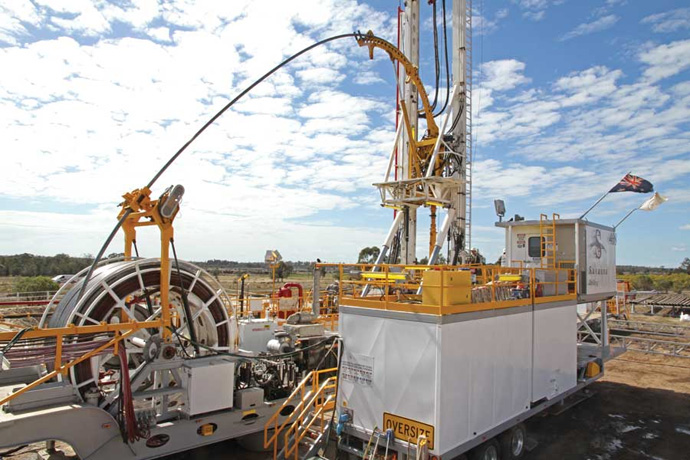
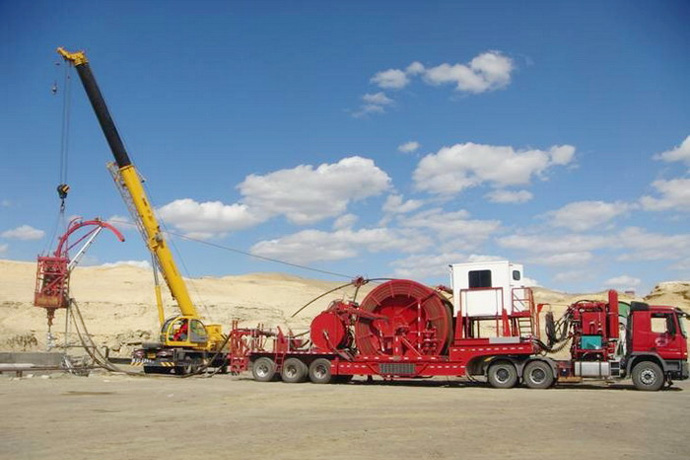
As a revolutionary technique in the drilling field, CDT possesses a number of benefits.
Underbalanced drilling typically represents the vital unique benefit of CTD. Underbalanced drilling is a procedure to maintain the pressure in the wellbore lower than the fluid pressure in the formation being drilled. With no joints to make up, CTD allows for continuous drilling and pumping. In some drilling setting, this is important to protect the formation and maintain the integrity of the well.
The equipment used in CTD is much smaller than a conventional rig which allows a smaller location. With the utilization of CTD, human interaction, discharges and noise pollution are greatly reduced, thus, leading to less pollution to the environment and our life.
Generally speaking, CTD requires fewer personnel due to the reduction in pipe-handling requirements, thus, to some extent, cutting the cost of well operation. Besides, CTD offers quicker tripping time, providing high working efficiency.
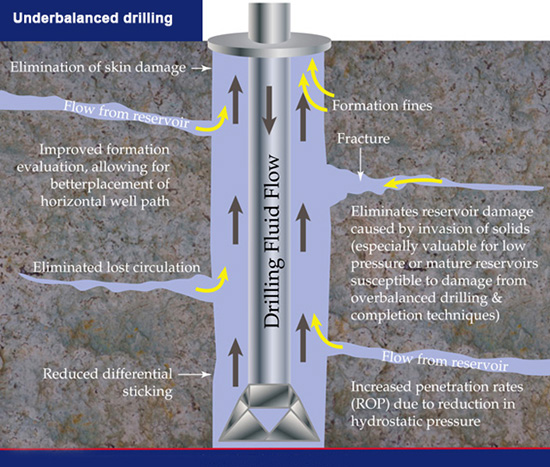
CTD can normally be utilized in two categories — directional and non-directional wells. Non-directional wells use a relatively conventional drilling assembly in conjunction with a downhole motor, while directional drilling needs to use an orienting device to steer the well trajectory.
Non-directional wells represent the large application of CTD. Much of the CTD technique adopted today involved shallow gas well development as well as shallow water injection wells. The prominent benefit of CTD in these wells is the speed of installation and the continuous rate of penetration into the formation.
CTD used in directional wells utilizes an orienting device, bottom hole assembly (BHA), to control the hole trajectory. CTD is typically applied to directionally drill into new reservoir from existing wells. Directional drilling with coiled tubing has big differences with conventional rotary drilling. The main difference is that we need an orienting device to control the well trajectory, because coiled tube can’t rotate. Such devices usually control hole direction by rotating a bent housing to a particularly direction.
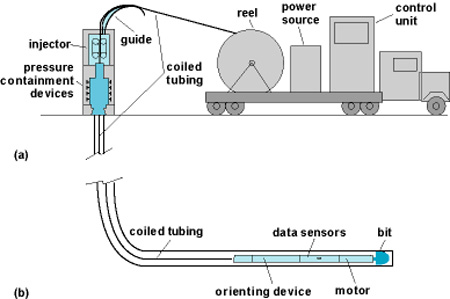
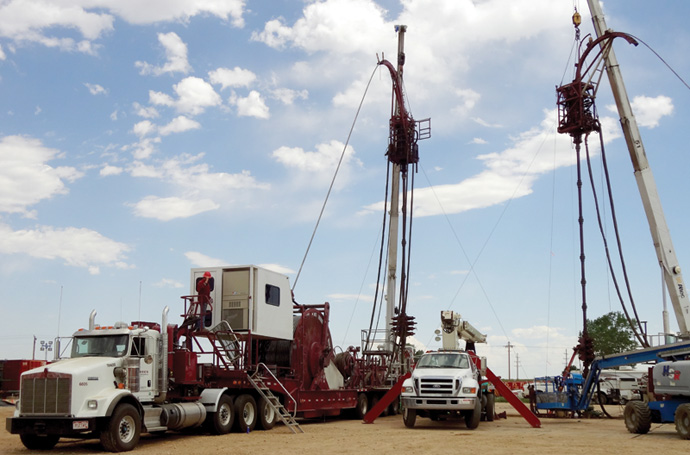
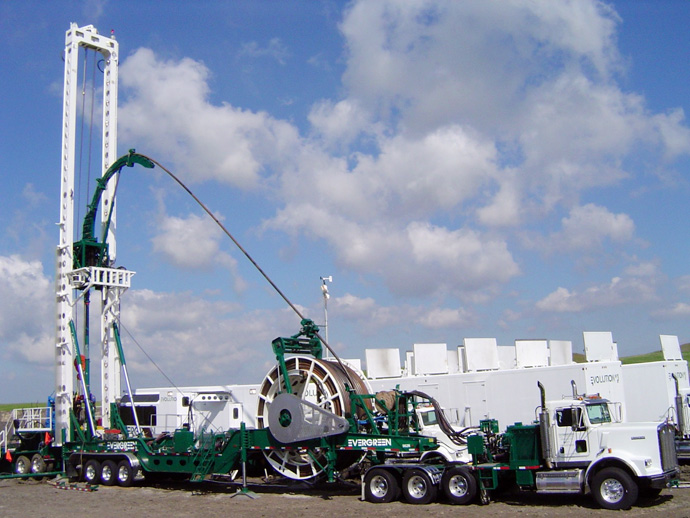
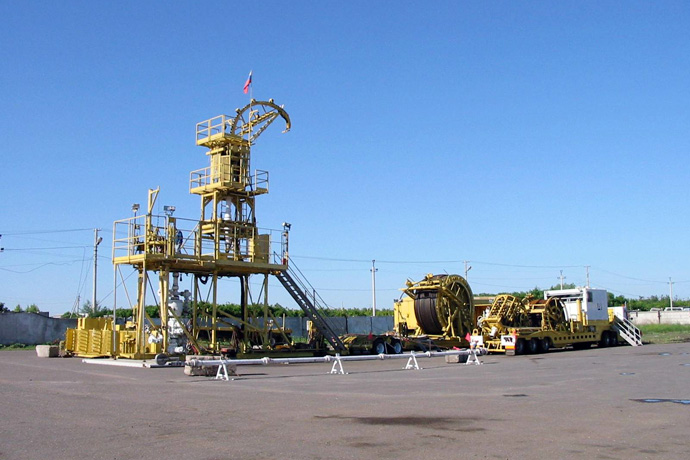
The current economical situation is driving companies to innovate the ways drilling operations are carried out. With the higher industry requirements of reducing cost and increasing well productivity, CTD will surely enjoy more popularity in this particular field.